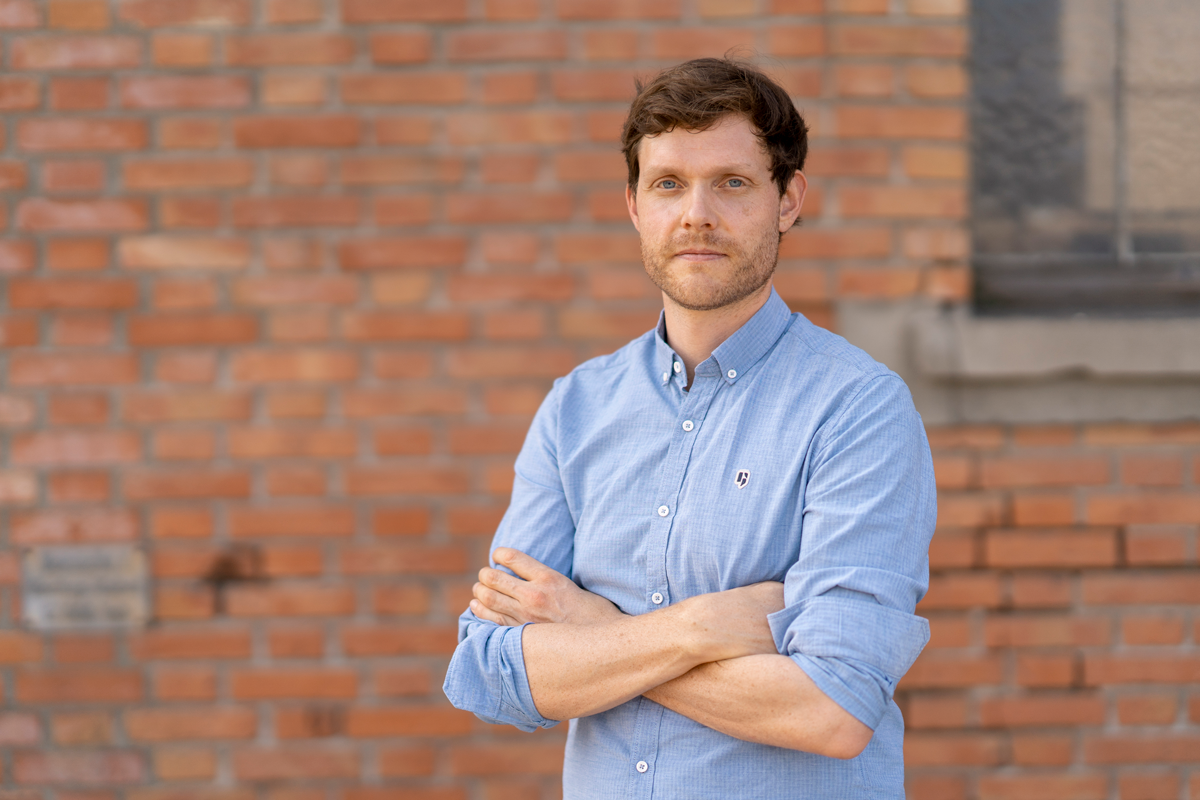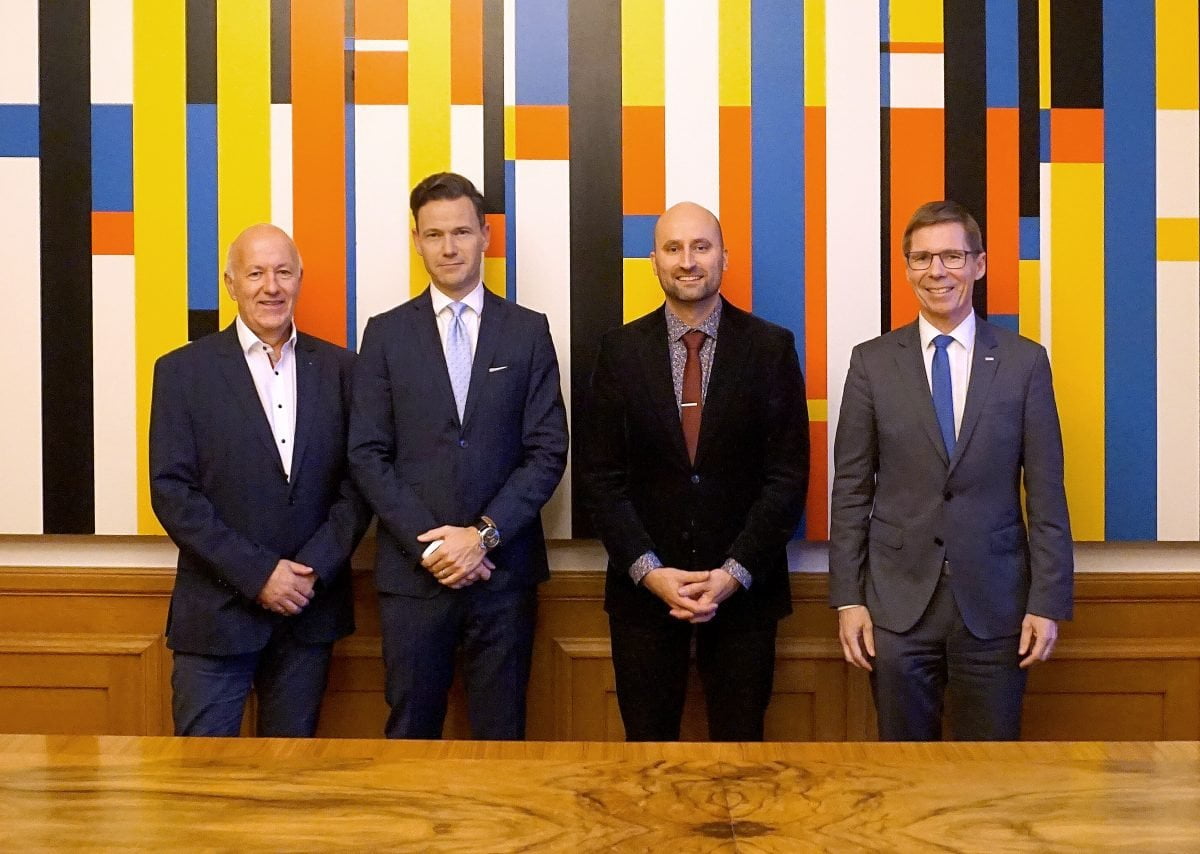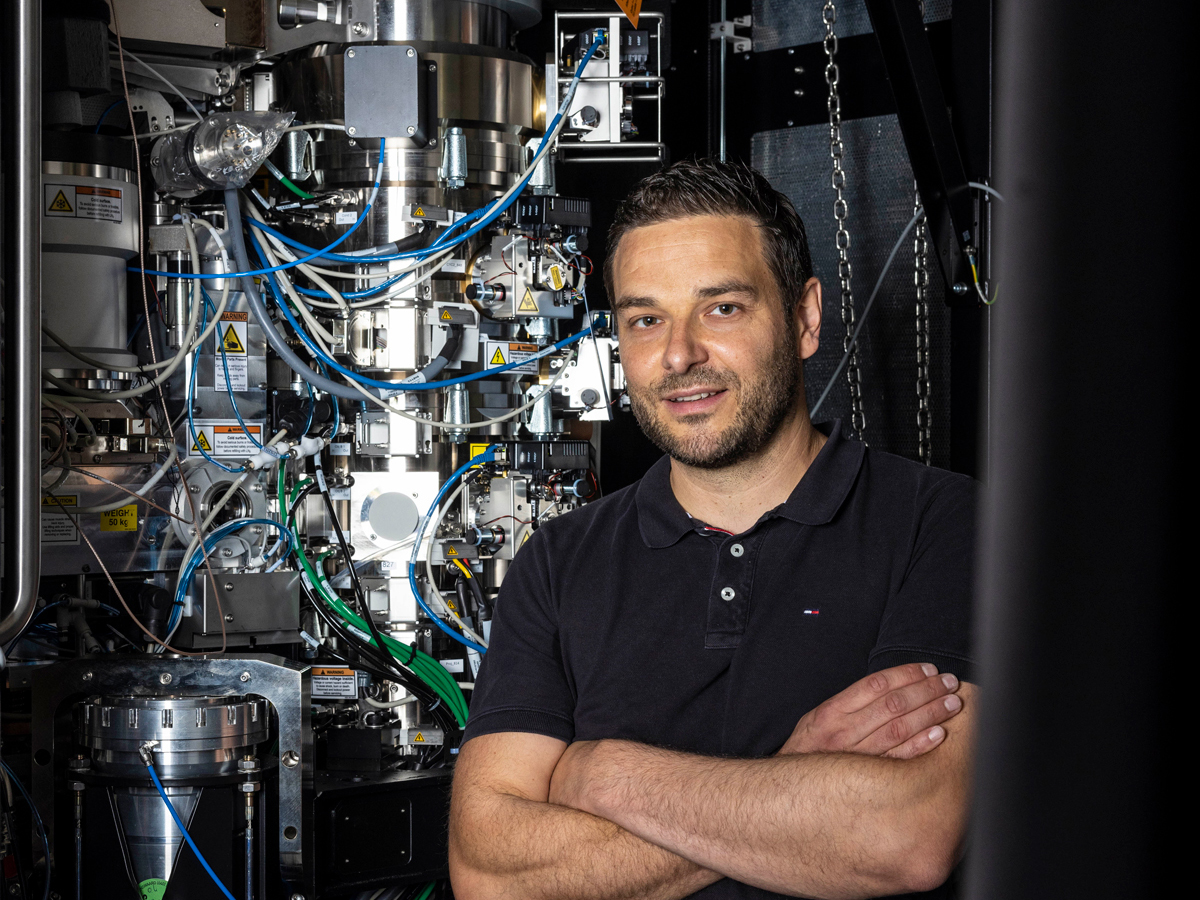“Every structure deserves a digital twin”
Dominik Courtin, CEO of engineering company Basler & Hofmann, explains why digitalisation in his industry is not driven by productivity and speaks about his many relations to ETH.
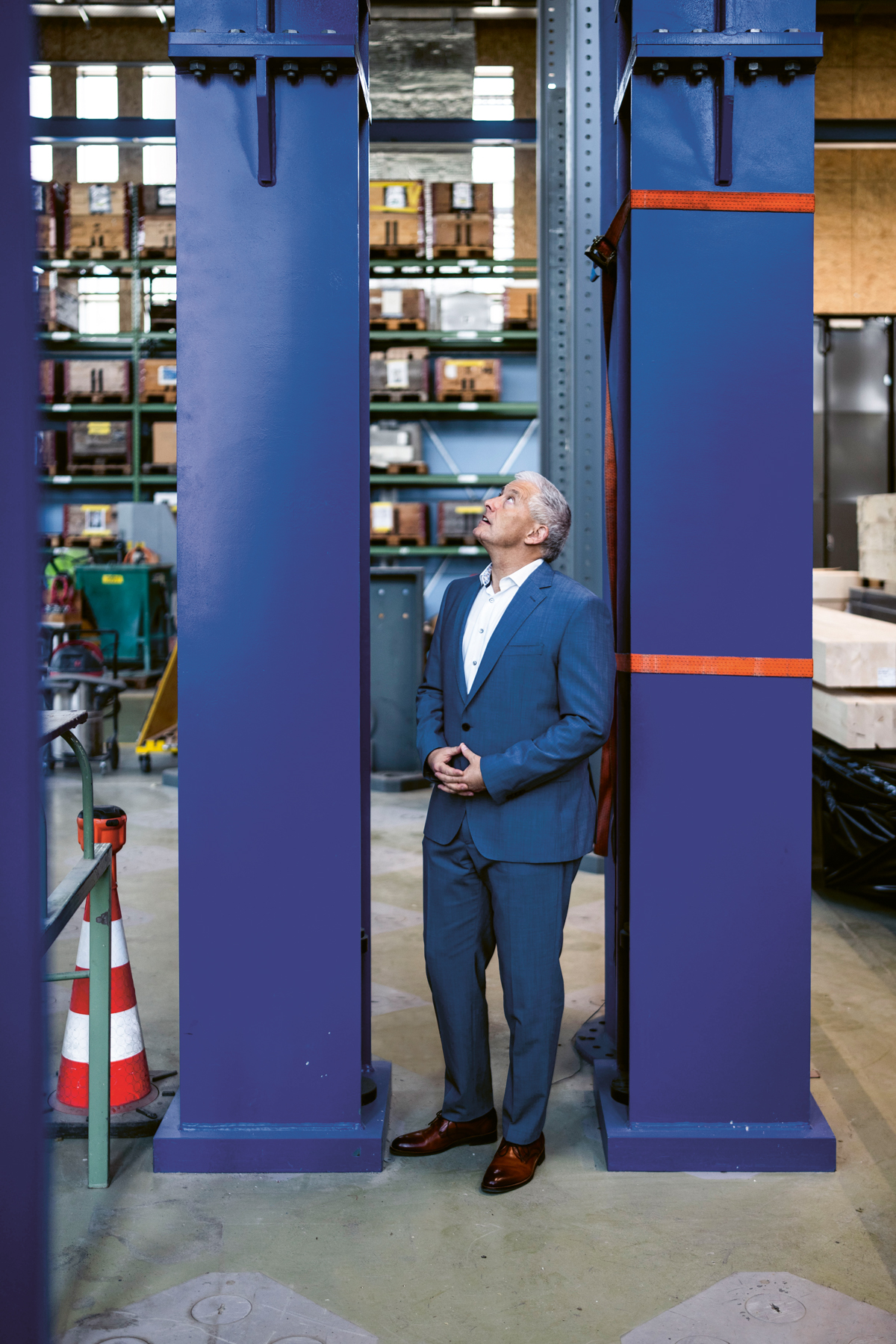
© ETH Foundation / Valeriano di Domenico
© ETH Foundation / Valeriano di Domenico
What do we need to understand about digitalisation in the construction industry?
DOMINIK COURTIN – That it’s not just about digital planning and building per se, but about future operations. I always say that every structure deserves a digital twin to serve as a source of information and a platform for communication beyond the conventional end of the project. It could provide answers to very simple questions such as when apartment owners are renovating and would like to know how much wall surface needs to be painted. Or in more complex questions such as when the ecological footprint of different conversion options needs to be assessed. In order to make the right judgements and effective interventions, a sound basis of information is required. There should be a requirement that all data generated in the building process remains available for future users. In the cruise industry today, new ships already have digital twins, providing access to all conceivable information. You have to bear in mind that we construct a building for two years and then use, manage and repurpose it for decades. In my opinion, this is what counts – and not the increase in productivity during the planning and construction processes, even though this is often claimed. Buildings are prototypes; unlike other industries, scaling is only possible to a limited extent. I advise building owners to stick to CAD if they have no interest in using a digital model to operations.
Why does Basler & Hofmann support research into digital design, planning and construction at the ETH Zurich Design++ centre?
For one thing, we’ve held close relations with ETH for many years. Konrad Basler senior was a member of the ETH Board, for example, and we also employ large numbers of ETH graduates and offer internships. Secondly, digital construction is a topic of importance we recognised years ago. We believe that it requires a holistic approach, which is why we helped with the “birth” of Design++: when asked at the time by ETH whether we would support a centre that would operate across departmental silos, we immediately saw the huge opportunity it represented. This interdisciplinary thinking is entirely in keeping with the way Basler & Hofmann works: we have experts from over 30 disciplines collaborating on projects in the fields of engineering, mobility, energy, safety and the environment.
In this context, what’s your opinion on the selection of Bernd Bickel, the new Professor of Computational Design funded by Basler & Hofmann?
He’s a very good fit. Bernd Bickel brings a lot of added expertise and already knows the university well through his studies at ETH and his time at Disney Research Zurich.
His vision of how we’ll interact with the digital twin of our built environment corresponds to our vision and matches the expectations that our clients have of us: How do you make these things not only available, but also really tangible? Bernd Bickel’s background means he can bring a lot to the table – it’s not for nothing that he received an Oscar in 2019 from the Academy of Motion Picture Arts and Sciences for his technical successes.
How do you remember your time as a student at the ETH Department of Civil, Environmental and Geomatic Engineering (D-BAUG)?
As one of the best phases of my life. I was away from home. Students came from all over and spent a lot of time together. That broadened my horizons immensely. It was also very intense – we sat in the technical drawing rooms from early in the morning until late at night. Time and time again, we asked ourselves whether we would ever manage to finish our studies at all.
What did you take away from this time for your future career?
A way of thinking. One of my professors once said: A good engineer solves a problem they’ve never seen before. So it’s not about applying a standard procedure, but learning ways and methods of approaching problems. This way of dealing with things is what I gained most from ETH.
Today you’re a honorary consultant on the Advisory Board of D-BAUG – what do you notice when you compare past and present?
I see an openness, a willingness to let go of the familiar. This generation is really interested in developing itself, there’s a great desire to change. I think that’s great. If I could express another wish, it would be that the full professors at ETH were more vocal in public – they have nothing to lose! I’d like to see them get involved in debates more often in a provocative but, of course, constructive way and initiate changes.
You support the ETH Excellence Scholarship programme as a private individual – why?
I do this with great passion because I’m very grateful for my education and want to give something back to ETH. I also donate because I find it valuable to stay connected with young people and gain new impulses.
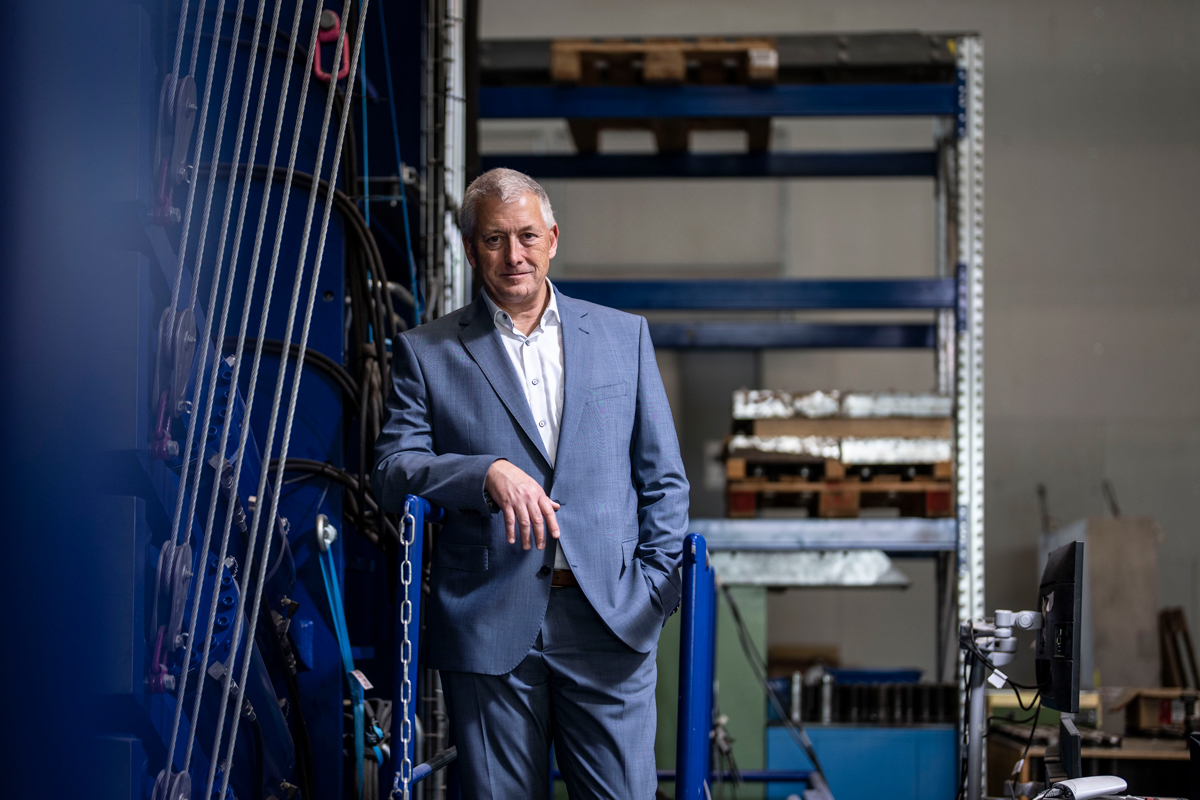
© ETH Foundation / Valeriano Di Domenico
